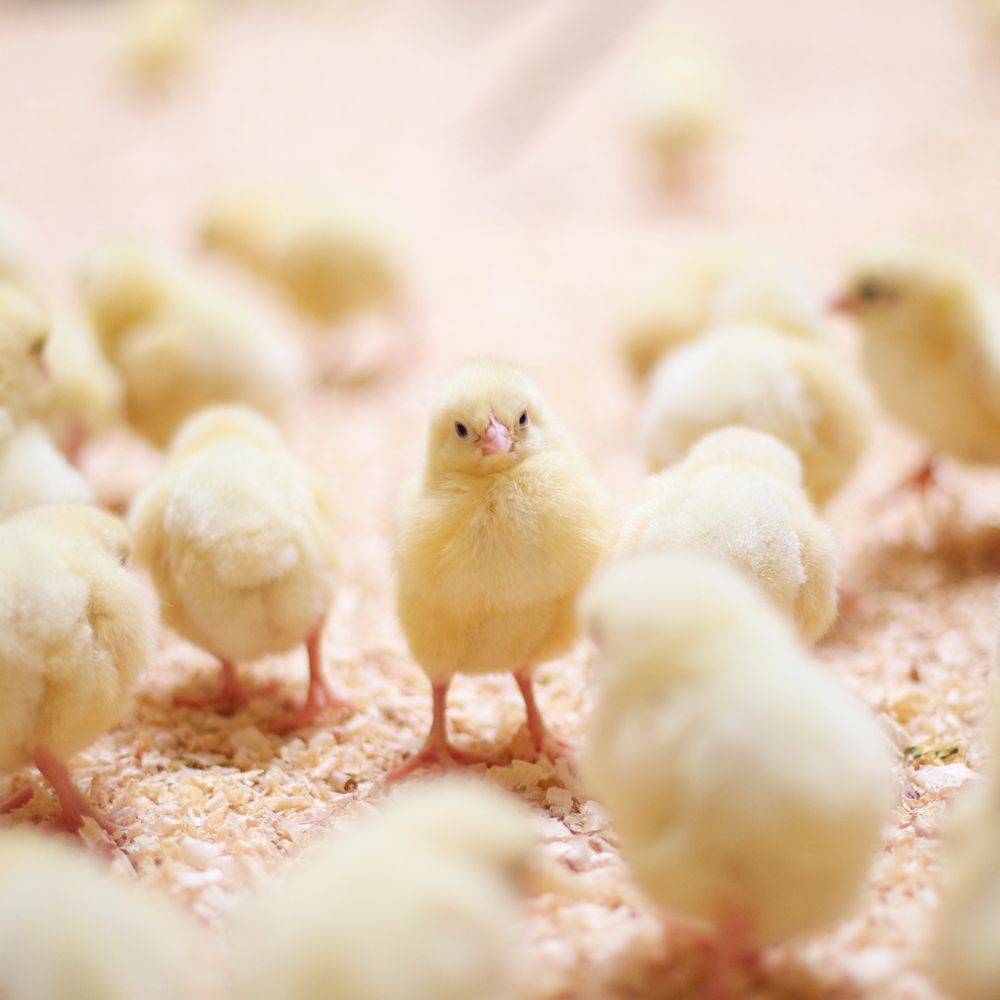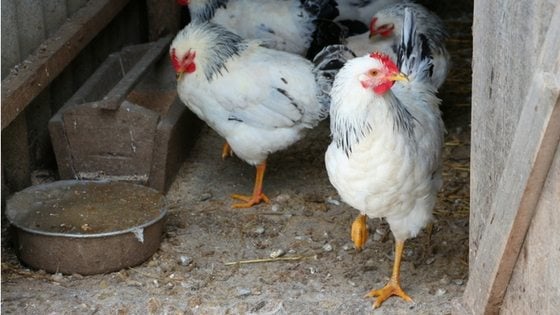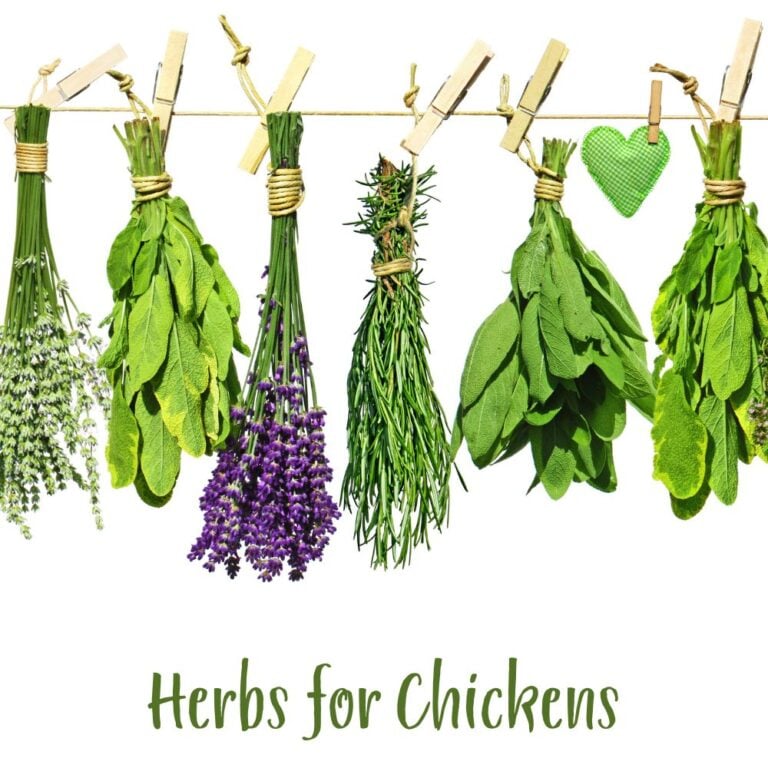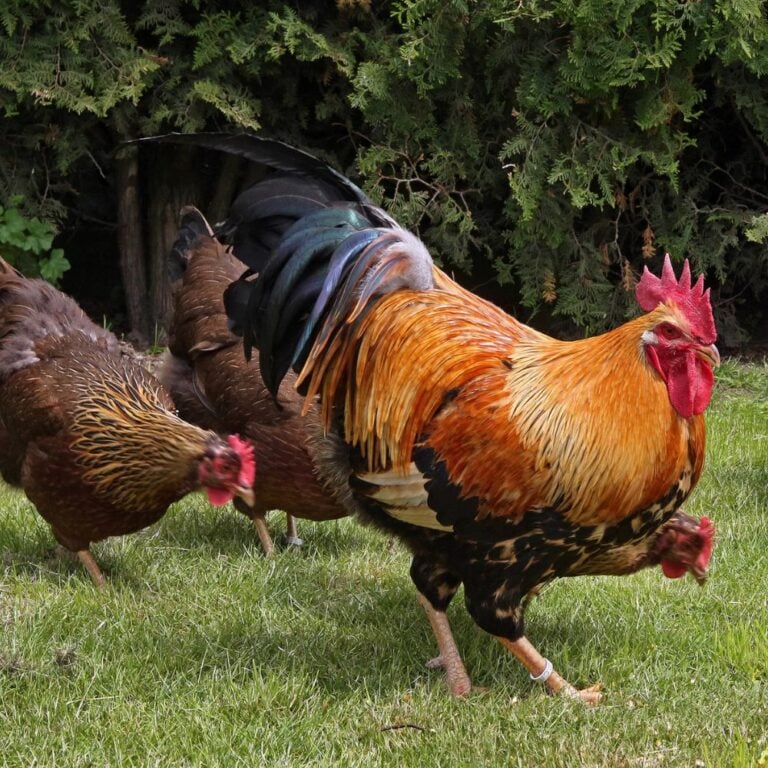Heard of a chicken brooder, but not sure what the fuss is all about. Getting chicks and not sure which chicken brooders are best?
Chicks! Little balls of down that are so adorable you just want to eat them up! Or maybe that’s the family cat, we’re talking about…So maybe eating them up is a terrible idea.
A good idea, however, is bringing them into the family. Soon, these day-old fuzzy butts will grow into amazing full-sized chickens: hens of the greatest laying potential and roosters whose protective skills are second to none!
The question, then, is how to ensure that these chicks do reach adulthood. What can we do to protect these little bundles of cute? Where can we keep them until they are ready to join the flock?
The answer to the above questions is quite simple: you need to get yourself a chick brooder. In this article, we will give you all the details so you can pick the perfect home for your newest pets!

Table of Contents (Quickly Jump To Information)
What is a Chick Brooder?
A brooder is a safe environment where a group of baby chicks can stay warm and comfortable until they’re ready to join other chickens in the run. All told, a chick will spend about 8-10 weeks in a brooder. It is a relatively short, but incredibly important part of their lives.
Anything can serve as a brooder box, from a plastic bin to a small stock tank to a pre-fabricated brooder sold on Amazon (and several things in between). I personally just use a plastic tote bin because they’re cheap and easy to clean.
You can see my brooder setup in this video:
Why Have a Brooder?
In the wild, chicks have a very unique personal defense system that they do not have in the adoptive world of your family. That defense system is called a mother hen. The mother hen digs or builds a nest for her chicks and sits on them there, defending and protecting them from all dangers. Dangers range from predators to chilly weather.
When a person decides to take on chicks and raise them, that person volunteers for the role of mother. It’s obviously not a good idea for you to sit on a clutch of chicks for several weeks – we don’t have quite the warm, protective tail feathers that mother hens have (in addition to being far too heavy).
As a result, we need a safe place to keep our developing chicks. That is where the chicken brooder comes into play.
What Size Brooder Should I Have?
It goes without saying that those cute little chicks will grow. Because of this, you’ll want to consider two recommended sizes for a good brooder.
The smaller brooder should be about 12 inches tall and should be large enough so that each chick has about 6 inches of space when they’re day olds through 4 weeks old. This smaller brooder will become obsolete, however, at or around week 4 of their lives.
At this stage of their development, you’ll want to upgrade them to a 24-inch tall brooder that gives them 1 square foot each. This will keep them safe and in check until they complete their developmental phase.
It is possible, however, to forego the smaller brooder and just use the larger one the whole time. Your chicks will outgrow the smaller one, after all. If your resources are limited, then there is much to be said for that option.
Where Should I Keep My Brooder?
A brooder is a safe place for your chicks. You’ll need to keep it in a secure place that can hold heat and protect your hatchlings from any and all of those great dangers just lurking out in the wider world.
You could put it in a barn, a workshop, a garage, a basement, or even right in the house. The key is to keep it very safe from predators, such as cats, raccoons, opossums, and rats.
Because you will need to provide your chicks with heat, a reliable power source is key. You’ll also want your brooder to be easy to get to, as you’ll probably want to check on your chicks at least a couple of times per day.
I would also strongly recommend putting some kind of cover over your chicks – a mesh one for warmer weather or a piece of insulation in colder weather.
Chickens are birds, after all, and once their wing feathers start coming in, they just might succumb to the urge to test out those flight enablers. The other reason for covering your chicks is the curious whims of the family cat. Or dog. Or child. As much as we might love the other beasts in our menageries, they might not have the best interests of your chicks at heart.
How Many Chicks Should Be In A Brooder?
I personally only put between ten and fifteen full sized chicks into a brooder at a time. This helps to ensure that there is enough space for each one, at least 6 inches of space per chick. This, of course, will also be determined by how much space your brooder has.
Ten to fifteen chicks are easy to keep track of (for example, if one gets sick, it should be easy enough to identify that one.) It is also small enough to start getting to know the chicks’ personalities. If you’re like me and hope that these chickens become family, then it’s best to start familiarizing yourself with them sooner rather than later. Why not start right from the brooder?
If you’re going to have a clutch of bantams, up to 17 chicks is a good number. This is mostly just to help them stay warm, as being smaller chickens, they could use just a touch more heat. Otherwise, your chicks might squash each other.
At farm stores, you sometimes a large number of chickens, maybe 50 or so, in a big bin. Farm stores do that because the chicks aren’t going to be there for that long as they are not raising them, they are simply selling them. They are also inside a climate-controlled building without drafts and predators.
So why do I choose such a small number of chicks? Well, one reason is that I don’t want any baby chickens to get crushed. It’s also really important to make sure that they all have easy access to food and water. You don’t want them to be stressed by having to fight the crowd for food and water.
It can be too chaotic to keep track with too many little peepers running around. It makes it difficult to keep an eye on each chick’s health and growth, whether they are warm enough, and so on.
The drawback of such a low population in your brooder is that you may have to have more than one brooder if you have a large number of chicks. This also means additional feeders and waterers, heat sources, and care. You have to decide what your priorities are.
What Do Chicks Need In A Brooder?
For a brooder to be 100% effective, it will need a few key components. Let’s talk about the essentials.
Warmth
The first is warmth. Newborn chicks are covered in down, which is lovely and soft, but not that great at providing your precious little ones with the warmth they need to develop strong and hearty. In their first week of life, the ideal temperature is about 95 degrees F. You will want to adjust this as your chicks start to feather out, as feathers provide them with natural insulation against the cold.
The 95 degrees that was good in the first week might be too hot in the second week. If your chicks are too hot, they might start panting or moving far away from the heat source. Having a thermometer on hand will help you identify whether or not your heating source is too close to the clutch. When you test the temperature, be sure to be on the same level as your chicks. You want the readings to be as accurate to your birds’ experience as possible.
Water
Next comes water. Provide your clutch with a couple of automatic waterers. If you put them in the corners of the brooder, it will help to reduce how much waste your chicks will deposit into the water containers (same for the feed dishes too).
Most will spend their time in the warmest sections of the brooder for the first weeks of life – especially on colder days – and will then have to disperse to fill their other needs. The water should be changed daily. If your chicks are especially messy, then this could be upgraded to twice-a-day refilling.
Countless chicken lovers will tell you that waterers could use an anti-drowning preventative. Chicks are just getting their legs, so to speak, and as such, they might have a mishap or two with regard to how they drink.
Shallow as their drinking troughs are, there is still a risk of drowning. To prevent this, put a number of marbles into the trough. This will give your chicks full access to water, but it will prevent them from dunking their heads.
Feed
Of course, your chicks will need to eat! You will take into consideration some of the same tips we gave you about their water – keep it fresh and clean, and place their feeders in corners of the brooder to prevent the soiling of the food (as much as possible).
One really important thing is to choose a high quality, high-protein feed. Don’t skimp! Their lifelong health depends on it. Here is our favorite starter feed. Pay close attention to the ingredients.
Put out plenty of food so they can eat as much as they want to eat. You certainly don’t want to stunt their growth with a lack of nutrients (that will harm their future health too).
You can also check out our buyer’s guide on the best feeders here.
Chicken Brooder Bedding
The final thing your brooder will need is bedding. Chickens of all ages have the potential to be terribly messy. It’s important to keep the moisture level down to prevent the spread of dangerous bacteria, bedding helps with this.
It seems like the go-to for bedding across the USA is pine shavings. This is very similar to what horses get in their stalls, and it tends to be light, and fluffy and holds chick waste quite well.
In the first couple of weeks, it will need cleaning and changing every couple of days, but as your chicks get bigger, they will start producing greater quantities of waste. If pine shavings are unavailable in your local farm store, other options include straw, shredded paper towels (for the first week at most), or newspaper.
Of all of these options, pine bedding works best for absorbency and overall comfort. You’ll need between an inch and three inches of bedding for your chicks.
What Types Of Heaters Are There?
There are a few varieties of heaters to use in your brooder. The most common are heat lamps and heating pads.
A simple heating lamp can be clamped right onto the side of the brooder or dangle above it. These then produce powerful localized heat from a bulb that spread out quite well over a general area. This actually provides both hot zones and cooler zones within the brooder.
In the event that the weather shifts in your brooder’s shelter, your chicks will have temperature escapes. You can gauge the temperature by seeing if the chicks are huddled together (they are too cold), spread far away from the heat (they are too hot), or happily walking around or taking naps (ahh, the perfect temp).
Heat lamps produce tremendous heat. That much heat concentrated over wooden bedding is a fire hazard waiting to happen. I don’t personally use or recommend heat lamps because of the potential dangers. When setting up your heat source, be sure that it cannot fall – secure it thoroughly with clamps or a bungee.
Heat plates are a solid pad that is elevated off the ground and provides a surface area of warmth that is above the chicks. Their height is adjustable so that your chicks will not bump their heads on the pads. These pads more closely simulate the localized warmth of a hen sitting on her clutch, but they are far more expensive than heat lamps.
Is There a Do It Yourself Option for a Brooder?
Yes, and you can find many ideas with a simple internet search. Brooders are remarkably affordable or easy to make. They require some basic and easily accessible materials and can be quite durable, and usable season after season.
The simplest ones can be made from a large plastic tub or a large wooden box or coop.
When Should I Get a Brooder?
It is imperative to get your brooder before you bring your first clutch of chicks home. You will want to set it up and test it out for any problems that might arise before your chicks get into it.
Be sure to troubleshoot anything that might hinder your chicks’ development or cause them undue stress. You can also check that there is enough bedding, the heat lamps are secure and safe, and their water and feed are all setup.
When your chicks arrive you’ll want to be all set up and ready to orient them to their food and water by dipping the beak of each one. This will ensure that they know where their essentials are.
Summary
Sharing your home with a clutch of chicks is a truly amazing experience, and it all starts with having a good brooder for them. It’ll ensure they’re healthy and safe. You’ll also get lots of hands-on experience with your new pets!
Read more about raising chicks here.
Maat van Uitert is a backyard chicken and sustainable living expert. She is also the author of Chickens: Naturally Raising A Sustainable Flock, which was a best seller in it’s Amazon category. Maat has been featured on NBC, CBS, AOL Finance, Community Chickens, the Huffington Post, Chickens magazine, Backyard Poultry, and Countryside Magazine. She lives on her farm in Southeast Missouri with her husband, two children, and about a million chickens and ducks. You can follow Maat on Facebook here and Instagram here.

![4 Types Of Poultry You Can Raise With Hens To Be More Self-Sufficient [Podcast]](https://thefrugalchicken.com/wp-content/uploads/2016/07/raise-poultry-with-chickens-feature-min.jpg)



